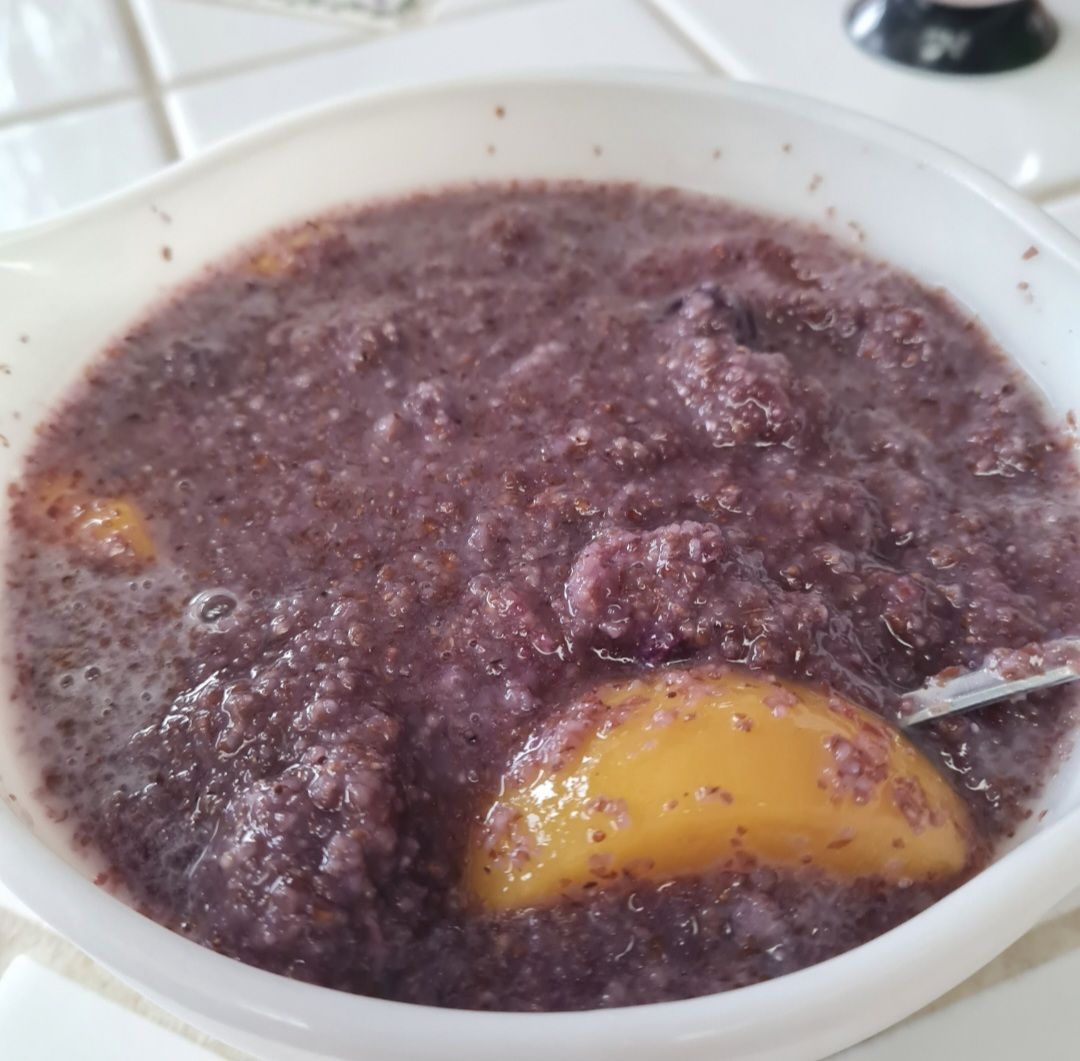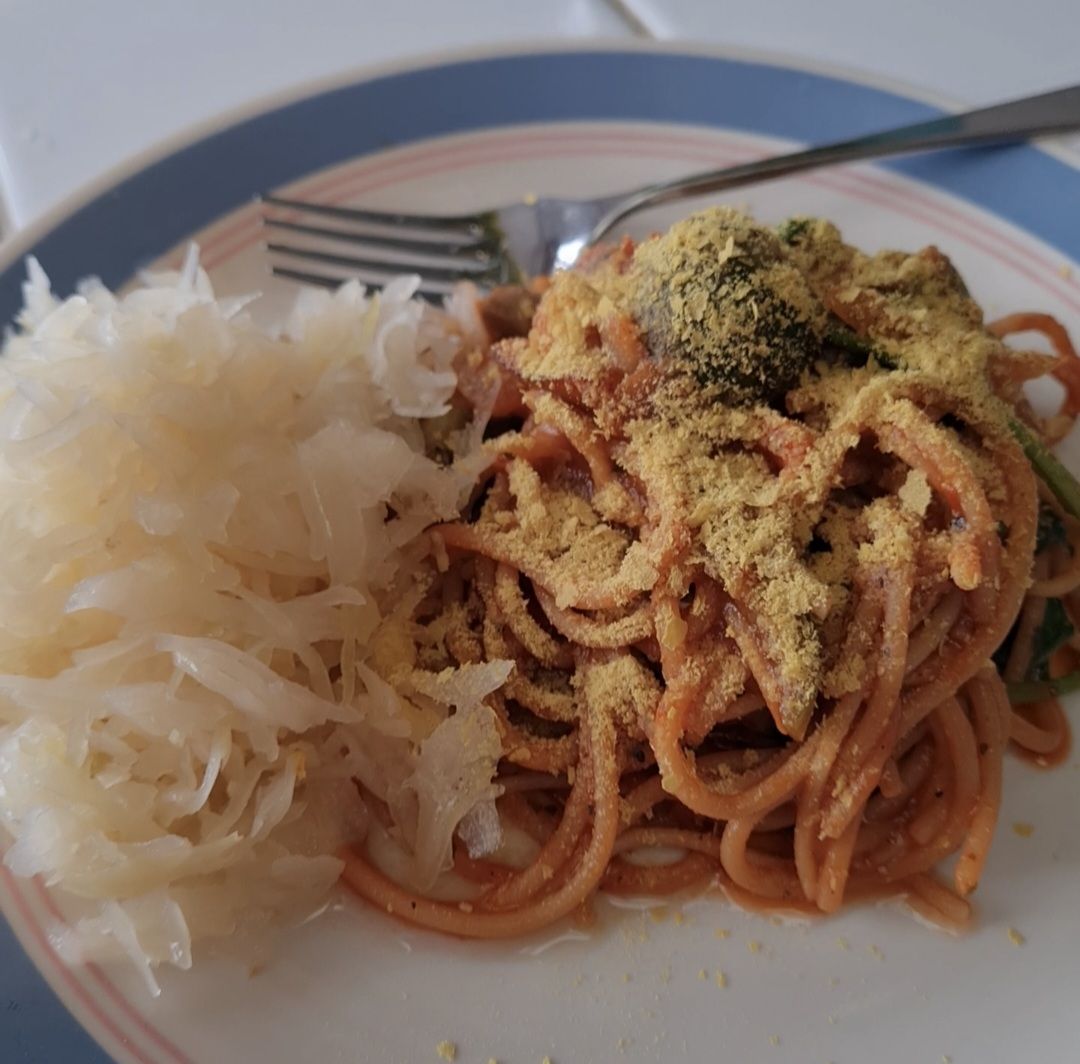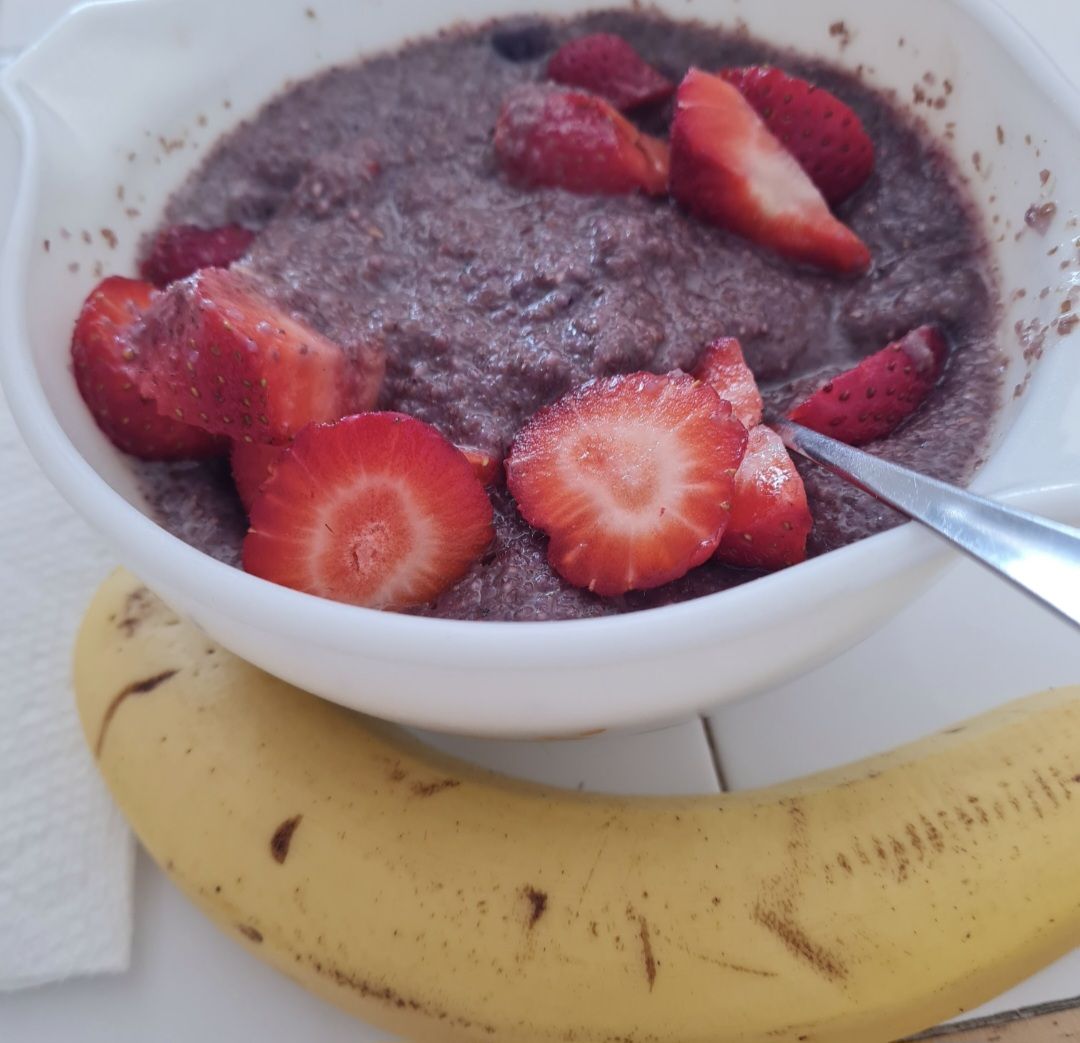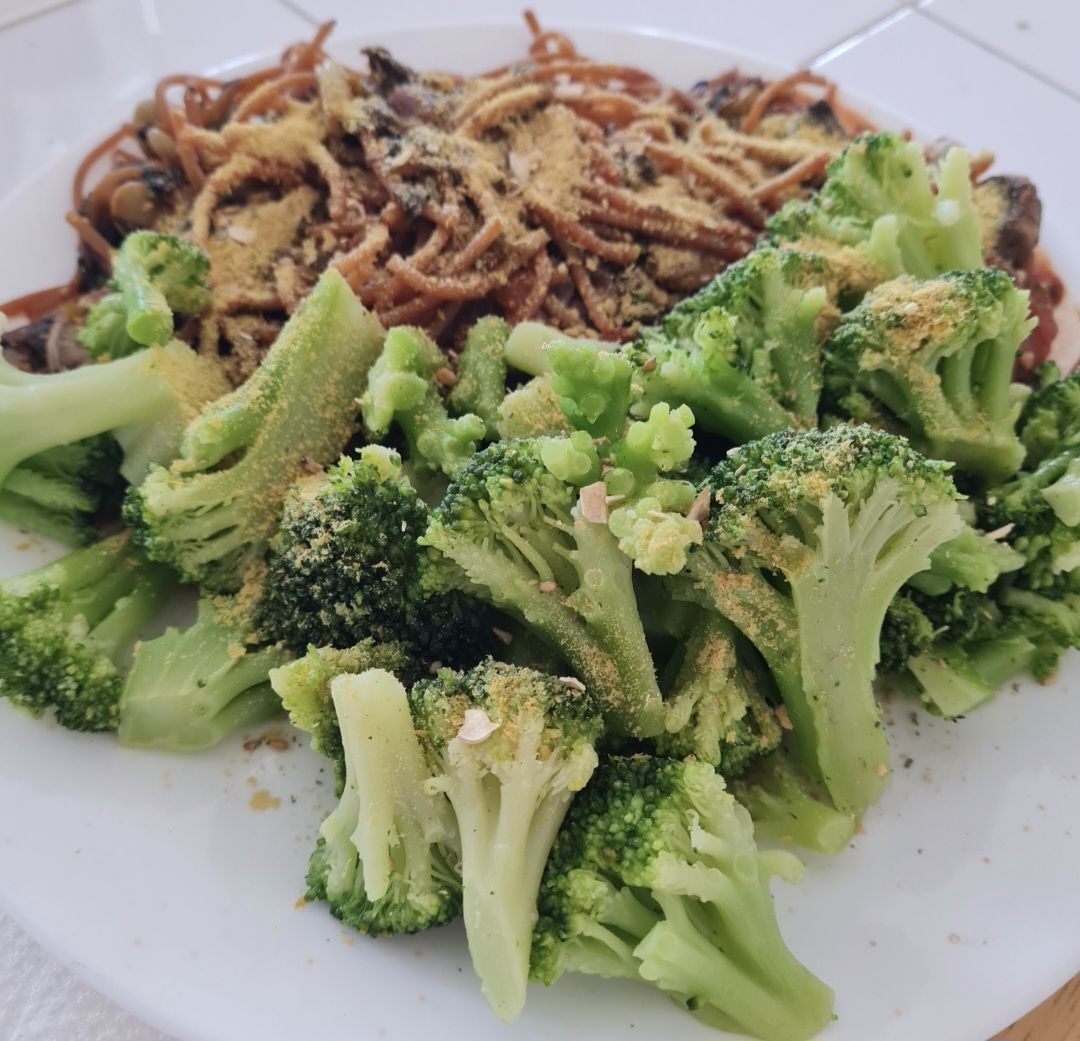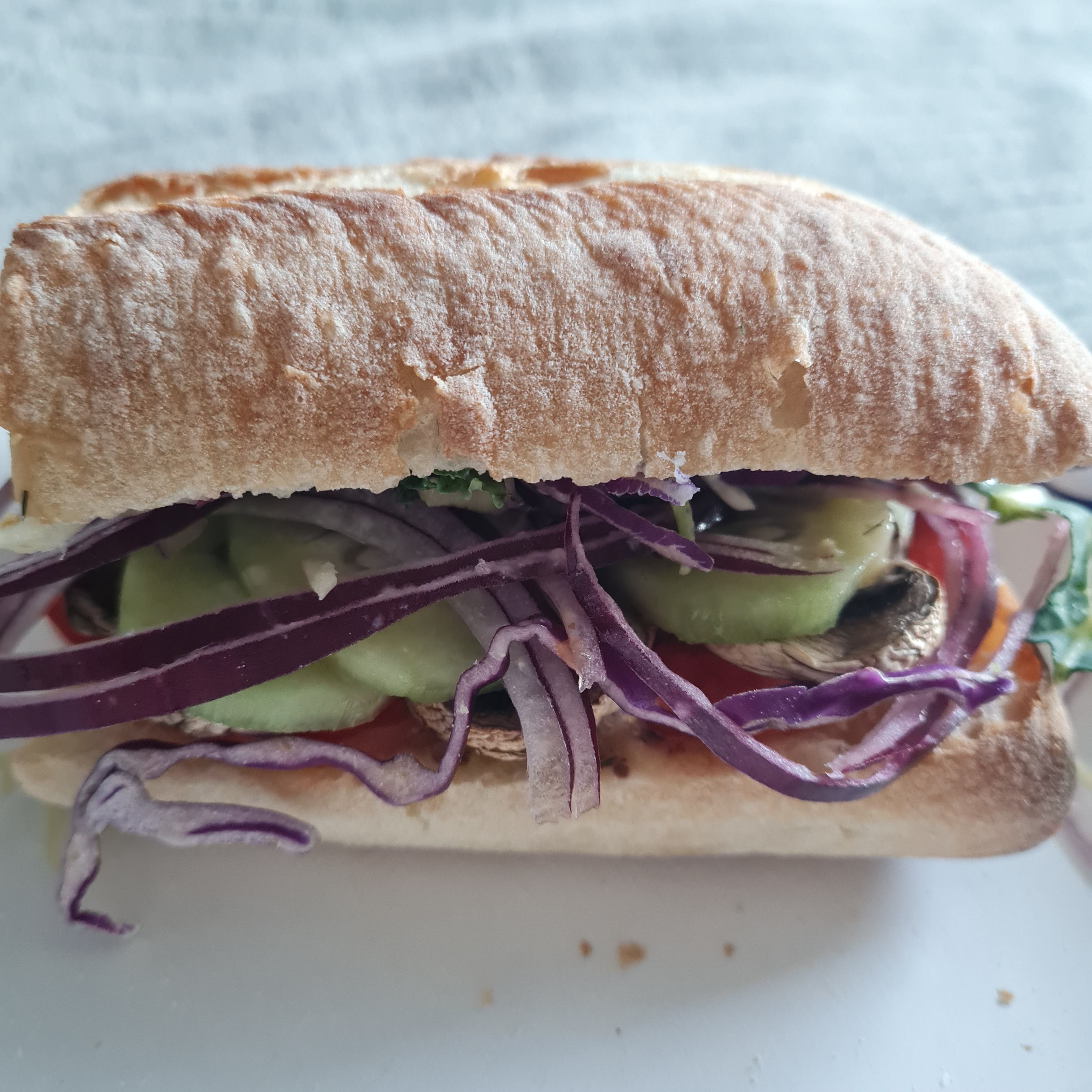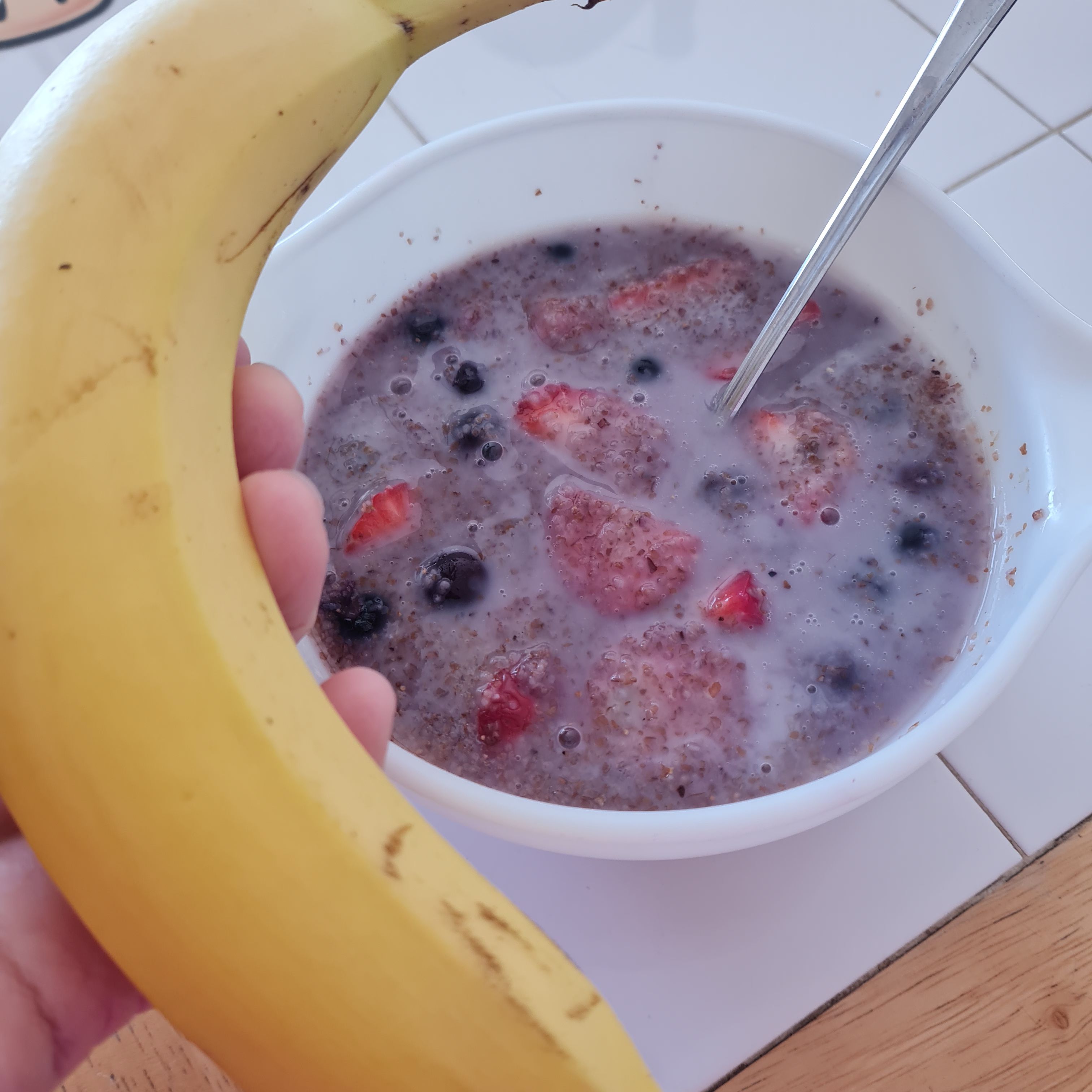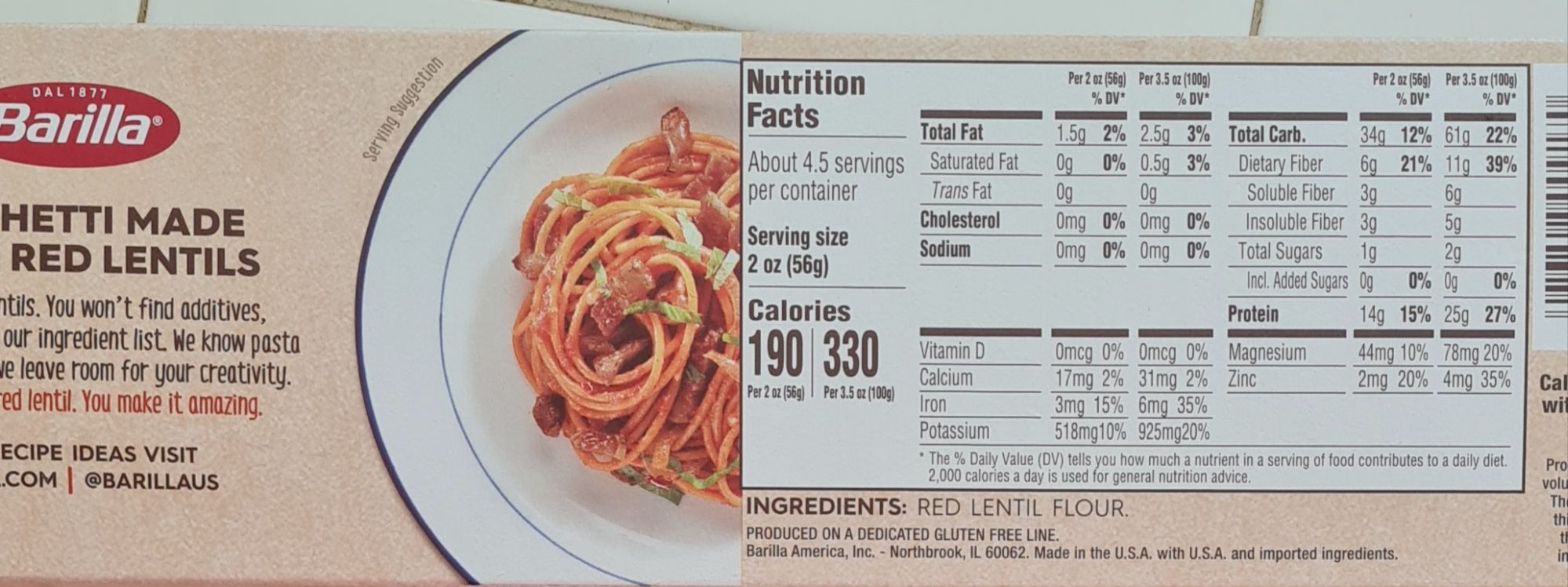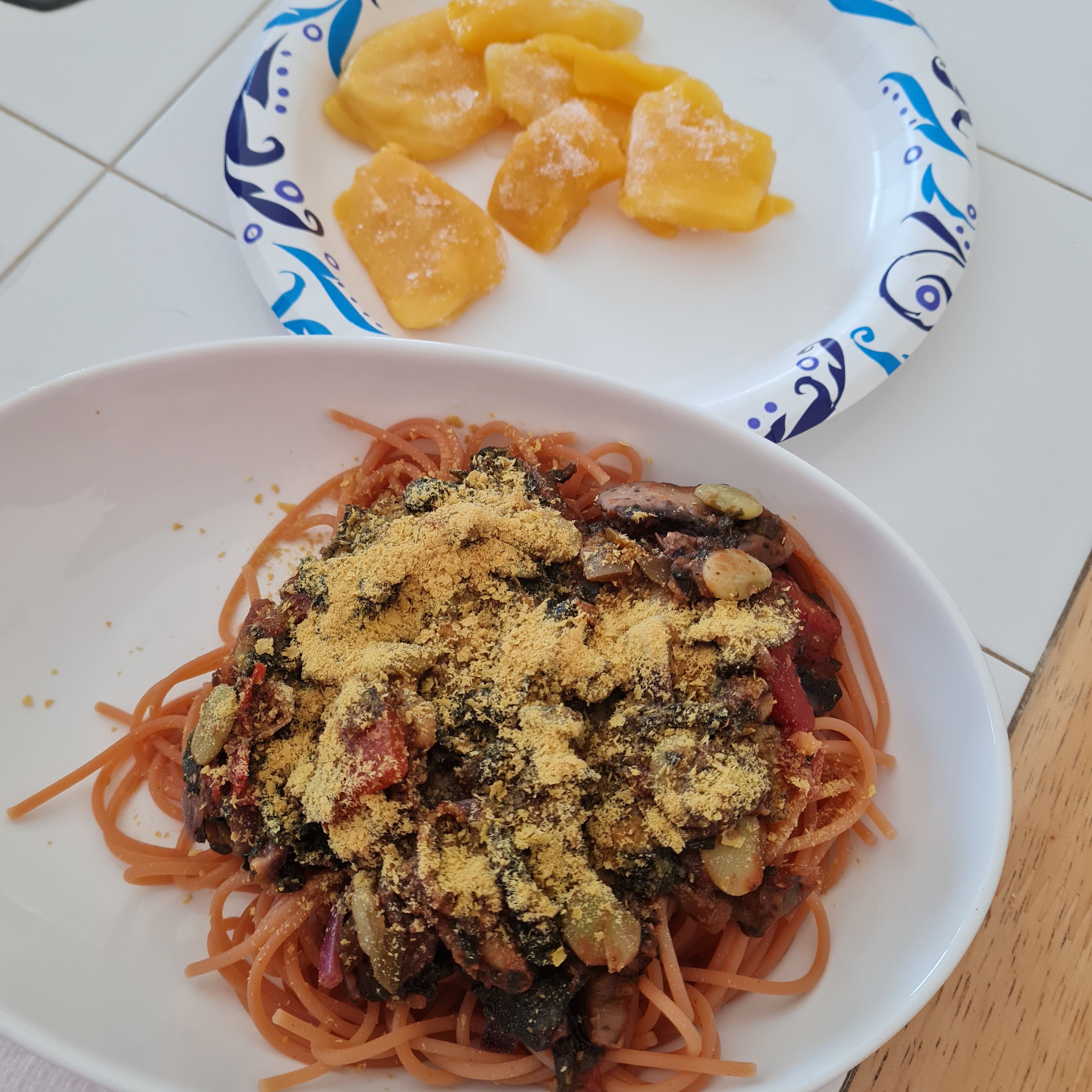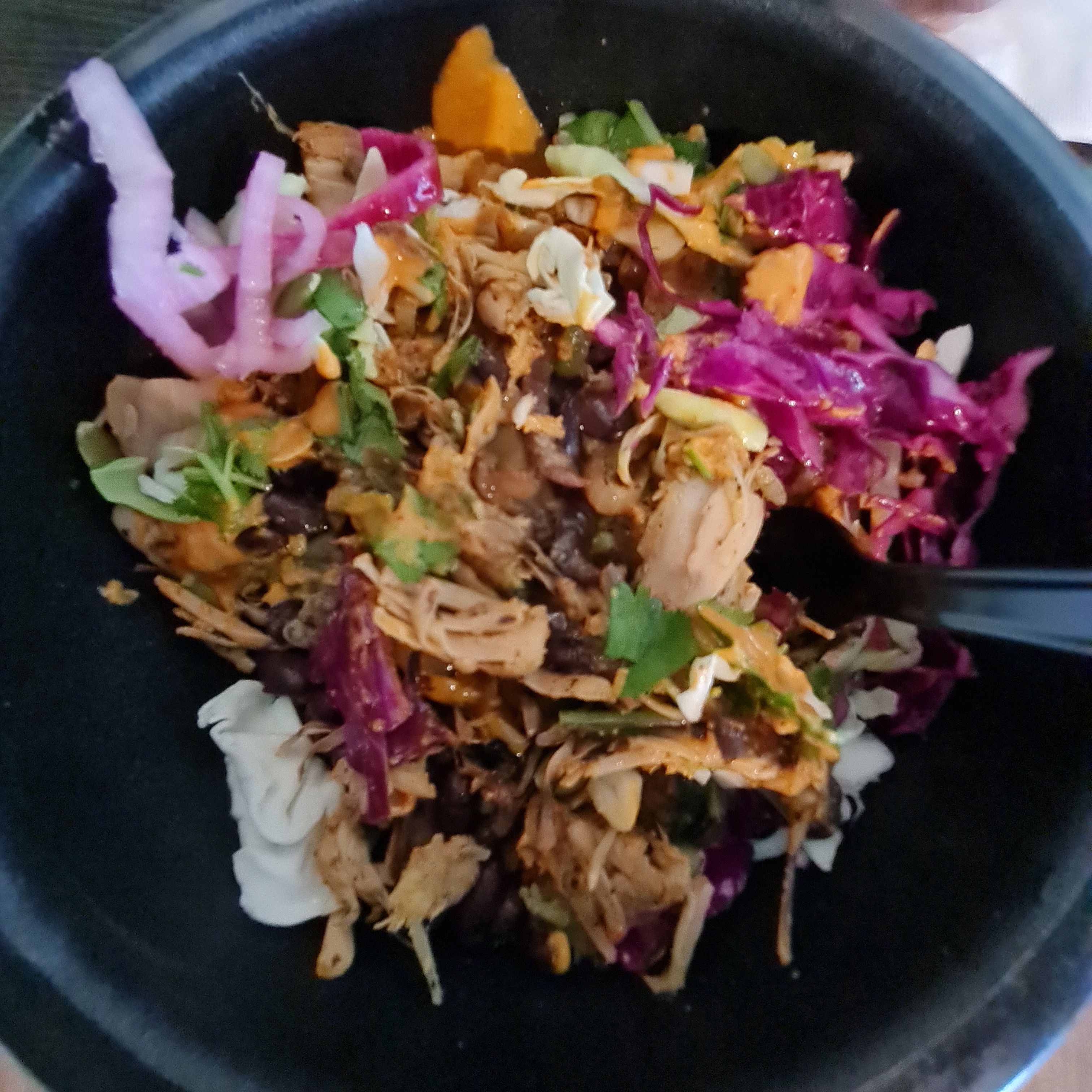Microplastics have been linked to a myriad of chronic health conditions including:
Increasing evidence suggests that the toxicity of the endocrine-disrupting chemicals that microplastics are made from — e.g. BPA, phthalates and other toxic substances, that they absorb from the environment and concentrate — are enhanced by the size, shape and surface charge of the particles, as well as their abundance.
HOW TO REDUCE EXPOSURE
Ultimately, we’re not likely to be able to avoid it, so there’s little point worrying about every piece of plastic that we encounter, but we can take steps to reduce our exposure.
1. Think about your plastic usage and how you might be able to reduce it e.g. not using throw-away plastic items such as cutlery and straws.
2. Substitute single-use takeaway cups and bottles for your own stainless steel, bamboo or glass reusable cups and bottles.
3. Recycle plastic rubbish where possible and bin waste when you’re out.
4. Buy food packaged in glass or try out your local Fill Up shop where you can use your own containers over and over again.
5. Buy a good water filter to remove the microplastics. Reverse osmosis systems are our preferred option as they remove most of the particles, but also the vast majority of chlorine, hormones and fluoride.
6. Don’t heat food or liquid in plastic containers, particularly in microwaves, due to the number of particles released into your food.
7. When buying clothes, try to buy natural fabrics as opposed to synthetic fabrics, which shed plastic microfibres. Natural fibres can be more expensive so why not check out your local charity shop and do a bit of recycling at the same time?
8. Use a washing bag to reduce microplastic pollution when washing synthetic fabrics.
9. Air dry clothes rather than using a tumble dryer, which increases the production of microfibers.
10. Dust and vacuum (use a vacuum with a HEPA filter) regularly to reduce the accumulation of microplastics found in households.
11. Buy plastic-free cosmetics and personal care products. Check the labels for products containing plastic microbeads.
12. Ditch teabags and use organic, fairly traded loose-leaf with an infuser or old-fashioned teapot. Yep, you heard that right. Many tea bags contain plastic, which when heated can release billions of microplastics into your tea. Even so-called biodegradable tea bags, you know, the posh silky ones, are made from a type of genetically modified organism plastic and they’re not silk at all!
https://childrenshealthdefense.org/defender/microplastic-invasion-minimize-exposure/

